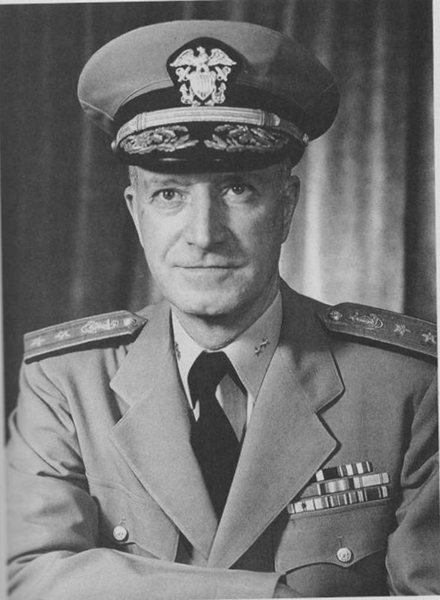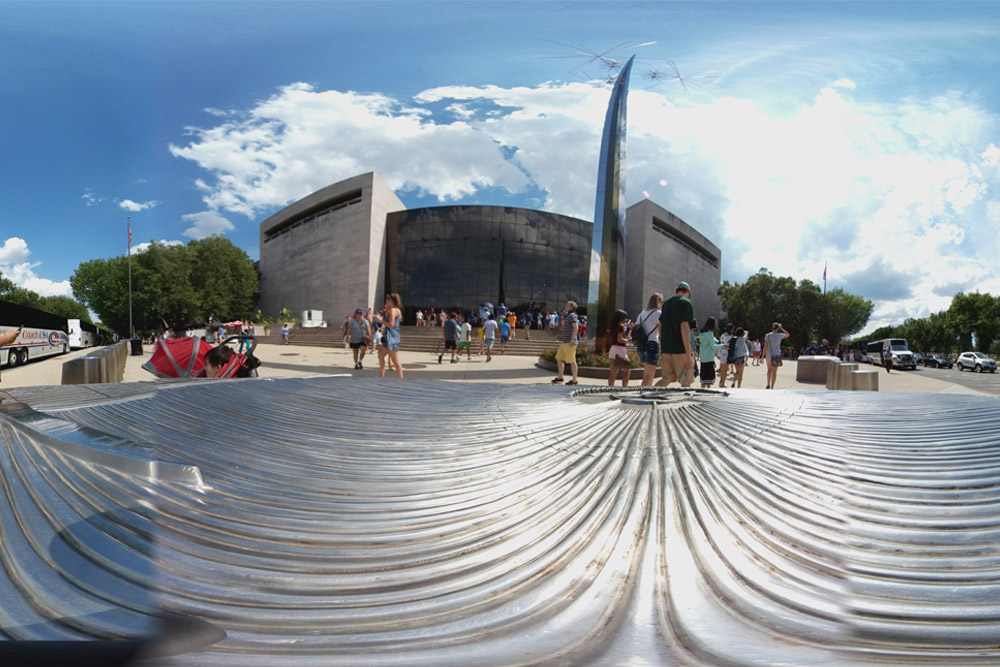- Period:
- Second World War (1939-1945)
- Rank:
- Commodore
- Unit:
- 393rd Bombardment Squadron, 509th Composite Group, U.S. Army Air Forces
- Awarded on:
- September 19th, 1945
"For gallantry in action while participating in aerial flight against the Japanese Empire, while attached to the 509th Composite Group, TWENTIETH Air Force. Commodore Parsons was Senior Military Technical Observer on a B-29 aircraft of the 393d Bombardment Group which flew from a base in the Marianas Islands 6 August 1945 to drop on the city of Hiroshima, Japan, the first atomic bomb to be used in warfare. After takeoff in the very early morning hours, the plane set course as planned. Captain Parsons then climbed into the bomb bay to load the powder charge, which had been postponed until well after takeoff to assure the safety of the island from which departure had been made. The job was completed without incident in forty minutes. As the airplane approached Japan, the risks grew greater, for the element of hazard from the unknown was ever present, since this was the first time this bomb, much more destructive than any in existence, had been released from an airplane. The possibilities of damage from anti-aircraft fire, enemy fighters, and unforeseen failures added to the risk, nor was it certain what effect the detonation would have upon the bomber and its occupants. Accompanying the mission to insure the bomb's correct use, Captain Parsons kept careful watch until the plane was in its briefed position, and then approved release. At 0915 the switch was pressed, the bomb cleared safely, and fell towards it planned objective. They then departed with speed from the target area, traveling a safe distance before the blast occurred. By his high degree of skill in directing work with the atomic bomb, and great personal risk in placing the powder charge in the bomb during flight, Captain Parsons distinguished himself, reflecting the highest credit on himself and the United States Navy."
Headquarters, 20th Air Force, General Orders No. 68











